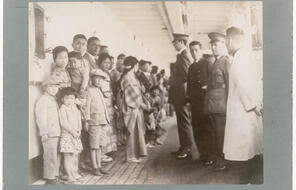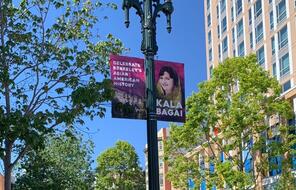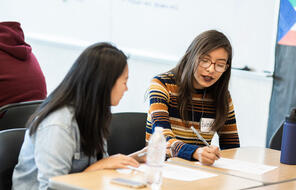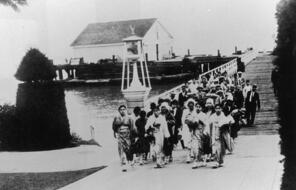
Resources for Civic Education in Massachusetts
Subject
- Civics & Citizenship
- History
- Social Studies
Grade
6–12Language
English — USPublished
Overview
About This Collection
Facing History & Ourselves’ research-based approach to history and civics aligns with the Massachusetts Curriculum Framework’s guiding principles and content standards.
Our student-centered teaching strategies, historical case studies, and current events resources are designed to help young people develop the essential civic qualities they need to participate in a democracy.
This collection features the Facing History resources that meet Massachusetts History and Social Science standards.
Inside this Collection
Grade 8 Alignment
US History I Alignment
US History II Alignment
World History II Alignment
Unlimited Access to Learning. More Added Every Month.
Facing History & Ourselves is designed for educators who want to help students explore identity, think critically, grow emotionally, act ethically, and participate in civic life. It’s hard work, so we’ve developed some go-to professional learning opportunities to help you along the way.
Exploring ELA Text Selection with Julia Torres
On-Demand

Working for Justice, Equity and Civic Agency in Our Schools: A Conversation with Clint Smith
On-Demand

Centering Student Voices to Build Community and Agency
On-Demand














